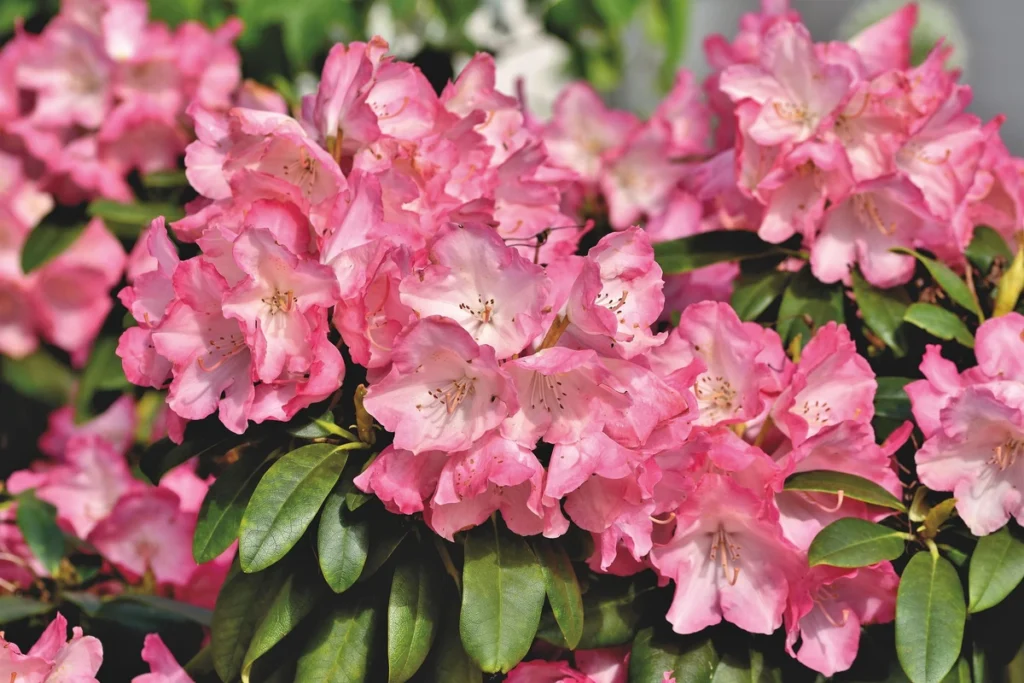Korean Verb Endings Explained: Essential Guide for Fluency
1. What is an “어미”? In Korean, “어미” refers to the grammatical element attached to the end of a verb or adjective stem. At first glance, it may resemble English tense changes, but in reality, Korean endings serve a much broader range of functions. For example, the speaker’s intention (declarative, interrogative, imperative, etc.), tense (past, present, future), […]
Korean Verb Endings Explained: Essential Guide for Fluency Read More »






